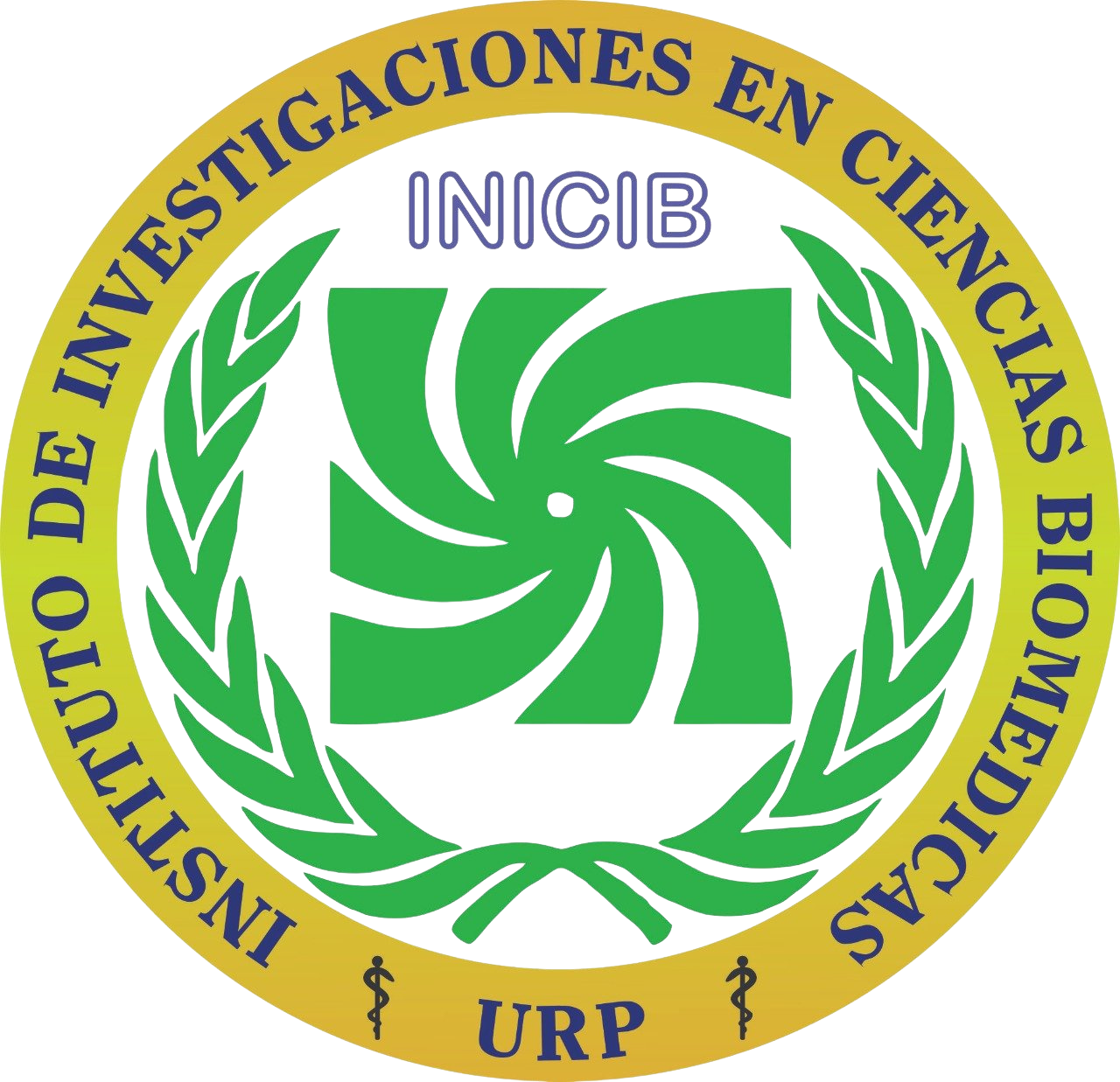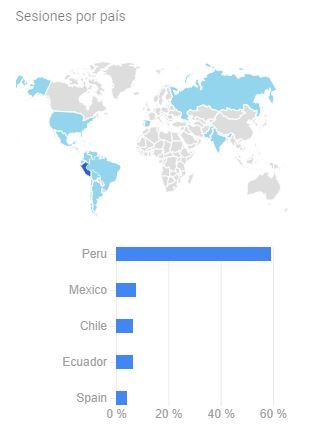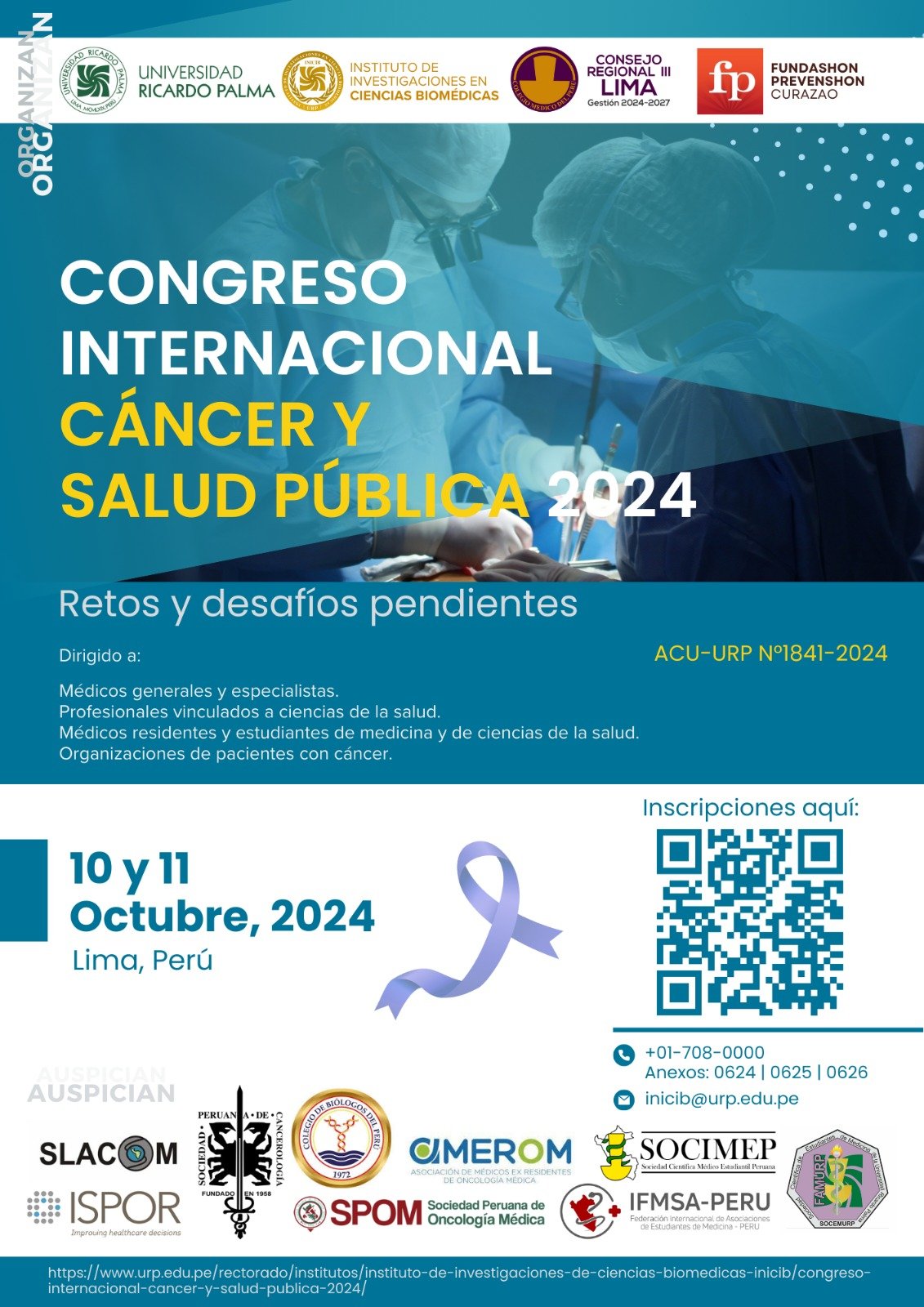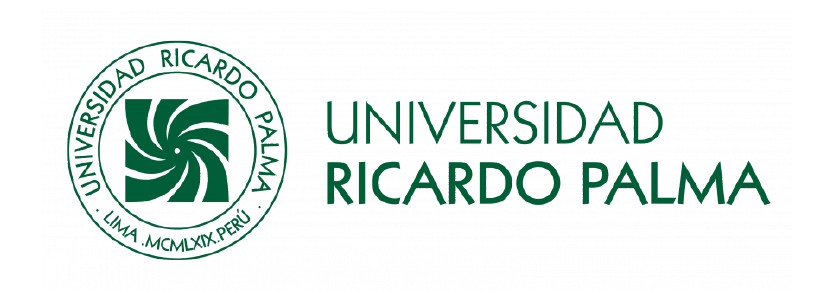Parasitosis intestinal, anemia y rendimiento escolar
Intestinal parasitosis, anemia and school perfomance
Palabras clave:
Enteroparásitos, Perú, Anemia, Pamplona, Rendimiento escolarResumen
Introducción: La anemia en niños es un problema de salud pública en el Perú y en el mundo. Los niños son particularmente vulnerables a la anemia, por su elevada velocidad de crecimiento y altos requerimientos de hierro, presencia de parásitos, bajo peso al nacer y episodios frecuentes de infecciones diarreicas. El objetivo de la presente investigación fue evaluar los factores asociados a parasitosis gastrointestinal, anemia y desempeño escolar en niños del nivel primario de dos colegios de Pamplona Alta. Métodos: Se realizó un estudio cuantitativo, analítico y transversal, con un muestreo probabilístico de tipo aleatorio simple, de estudiantes 1°-6° grado de primaria de dos colegios de Pamplona Alta, Lima, Perú. Se aplicó una encuesta previo consentimiento informado de los padres de familia, se tomaron medidas antropométricas de los niños, muestras de sangre capilar, así como muestras de coproparasitológico directo y test de Graham. Se eligió el promedio general del último trimestre así como el promedio final de matemáticas del último trimestre como indicadores del rendimiento escolar. Resultados: Un total de 109 niños fueron incluidos.Mediante examen directo de muestras de heces y el test de Graham se diagnosticó tres tipos de enteroparásitospatógenos: Entamoeba coli (6.54%), Giardia lamblia (10.28%) y Enterobius vermicularis (7.62%). Esto corresponde a una prevalencia global de 24.44%. Se observó además un 25.93% de anemia en la población en estudio. Hallamos asociación significativa entre anemia <12 g/dl y rendimiento global (OR: 4.09 p= 0,047 IC95%=1. 01- 20,591), anemia <11.5 y rendimiento global (0R: 5.60 IC95%: 1.19 – 27.14 p: 0.01) , y el tener mascota y aprobación en matemáticas (OR: 2.55 p=0.041 IC 95%= 1.026 - 6.374). Conclusión: Uno de cada 4 niños presento anemia y parasitosis, la anemia estuvo asociada significativamente a mal rendimiento escolar. El tener mascota se asoció significativamente a aprobación en matemáticas. Futuros estudios son necesarios para confirmar y ampliar nuestros resultados.

Descargas
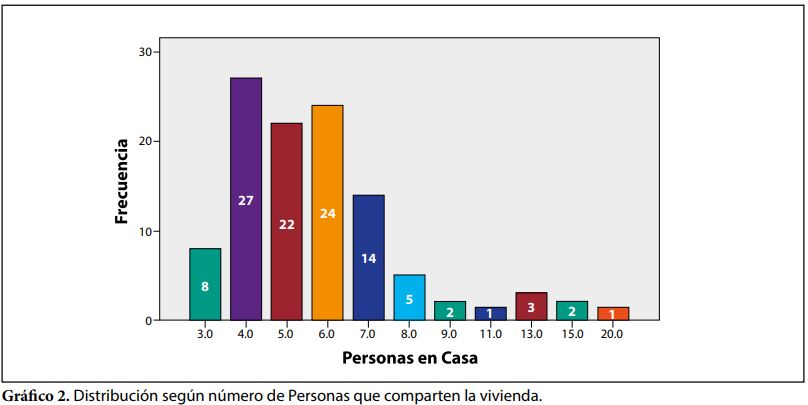
Descargas
Publicado
Cómo citar
Número
Sección
Licencia
Derechos de autor 2018 Revista de la Facultad de Medicina Humana

Esta obra está bajo una licencia internacional Creative Commons Atribución 4.0.


